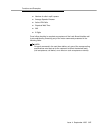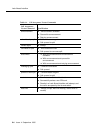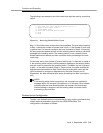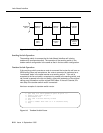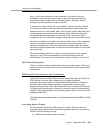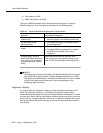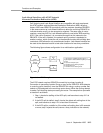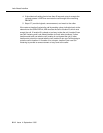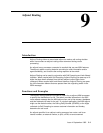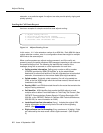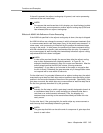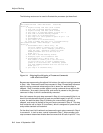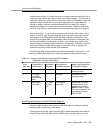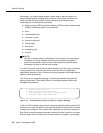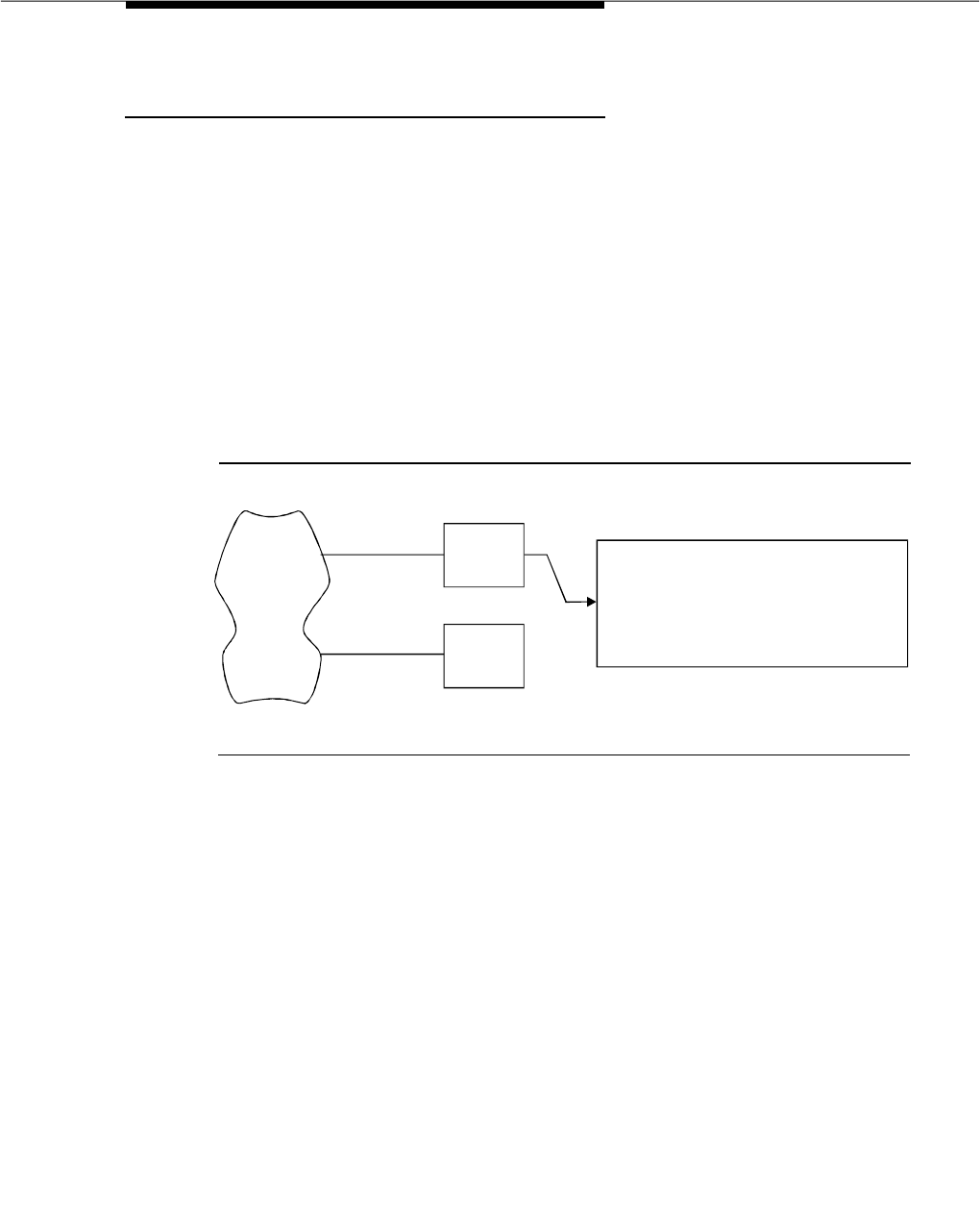
Functions and Examples
Issue 4 September 1995
8-13
Look-Ahead Interflow with AT&T Network
Alternate Destination Redirection (ADR)
Call Vectoring and Look-Ahead Interflow are compatible with and supplement
the AT&T network services Alternate Destination Redirection (ADR) rerouting
feature. ADR uses ISDN-PRI connectivity with the customer-premises PBX/ACD
in the same manner as Look-Ahead Interflow to allow the receiving PBX/ACD to
indicate whether a call is to be accepted or rejected. The same type of vector
used as a receiving ACD for Look-Ahead Interflow is used at the ADR-receiving
ACD. If the call is accepted, it is connected through from the network to the
PBX/ACD. If the call is rejected, the network routing number is translated to
another number, which routes the call to the alternate location within dialing-plan
constraints. ADR allows for only one alternate location. Look-Ahead Interflow can
be used at the alternate location to test other locations for less busy conditions.
The following figure shows configuration for a multilocation application.
Figure 8-6. ADR Example
The AT&T network requires ISDN-PRI connectivity to primary location A.
Connection to secondary location B may or may not be ISDN-PRI. ADR attempts
to route the call to location A over the ISDN-PRI link using a routing number that
selects a VDN assigned to the receiving vector shown. When the routing attempt
is made, Call Vectoring starts processing the vector. The example then proceeds
at location A as follows:
1. Step 1 checks for staffing of the ACD split, and branches to step 3 if it is
not staffed.
2. If the ACD split is staffed, step 2 checks the oldest call waiting time in the
split, and branches to step 4 if it is less than 60 seconds.
3. If the ACD split is unstaffed or if the oldest call waiting time is 60 seconds
or more, step 3 rejects the call (returns a busy indication to the network).
AT&T
Megacom800
network
with ADR
ISDN-PRI
ACD
A
(primary)
ACD
B
(secondary)
1. goto step 3 if available-agents in split 4 < 1
2. goto step 4 if oldest-call-wait in split 4 pri l < 60
3. busy
4. queue-to main split 4 pri l
5. wait-time 30 secs hearing ringback
6. announcement 12
7. wait-time 30 secs hearing music



